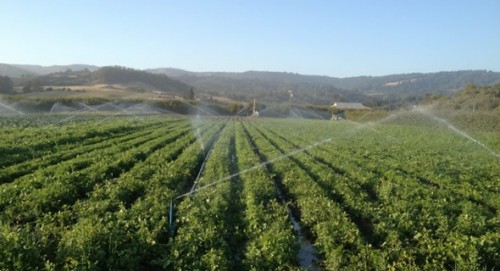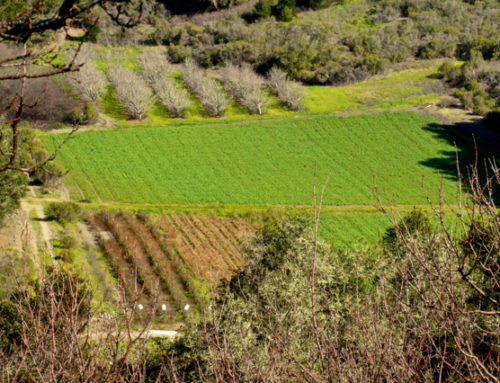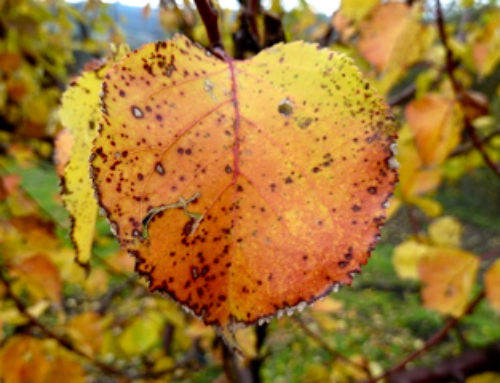Last week while accompanying our son to the east coast to start his journey as a college student, we saw large tracks of corn and soybeans severely stunted from this year’s record-breaking drought. I am so used to irrigation agriculture that I had to remind myself that the vast majority of this country’s farmland is rain-fed, and therefor at the beck and call of nature’s caprices. Climate change will inevitably expose us to more such frequent climatic extremes and oblige us to rethink our current system of mono-cropping. The challenge will be to develop food systems that are more resilient by focusing on diversification, less fossil fuel dependency, optimum nutrition, and most importantly, create accessibility to food through diverse decentralized regional and local distribution networks. The idea of building local and regional foodsheds may still be in its infancy, however it is an exciting one; such a shift would result in consumers becoming more aware of where their food comes from, leading to more active involvement in building a more sustainable food supply in the long term.
Driving along the highway in Illinois and Indiana, looking at mile after mile of desiccated crops, I am relieved that our farm’s harvest does not directly rely on water falling from the sky. Most farms in the arid west, especially here in California, depend on stored water – either from man-made reservoirs or vast underground aquifers. Here in the Pajaro Valley, farms like ours all depend on groundwater, which has to be pumped from wells, some as deep as 500 feet or more. A failing water pump, on a hot day, will immediately bring us face to face with the essential importance of this life-giving resource. Knowing when and how much water to apply to a particular crop is both an art and a science. There are many variables to consider, such as soil type, specific crop requirements, delivery systems and weather patterns. To conserve as much water as we can we use drip irrigation, mulching, and dry farming. An intricate system of tanks, pumps, pipes, hoses, sprinklers and valves transport this limited and increasingly costly resource to our crops. On average, we have to put about an inch of water on our crops every week. Water requirements vary from crop to crop, for example spinach may need more but green beans much less. Also, a mature crop will need more water less frequently whereas a recently planted crop needs less water more frequently.
At the current rate, more groundwater is being extracted from our aquifer than is being replenished; in some cases along the coast, this overdrafting of groundwater is causing saltwater intrusion. We are living on borrowed time as we pump unsustainable amounts of water. It may seem surprising to some, but over 80% of water used in California is used in Agriculture. Conserving water is everyone’s responsibility, especially we farmers who are using the bulk of it. We will need to come up with ways to conserve more or even grow less or different crops to lower our current consumption.
– Tom






